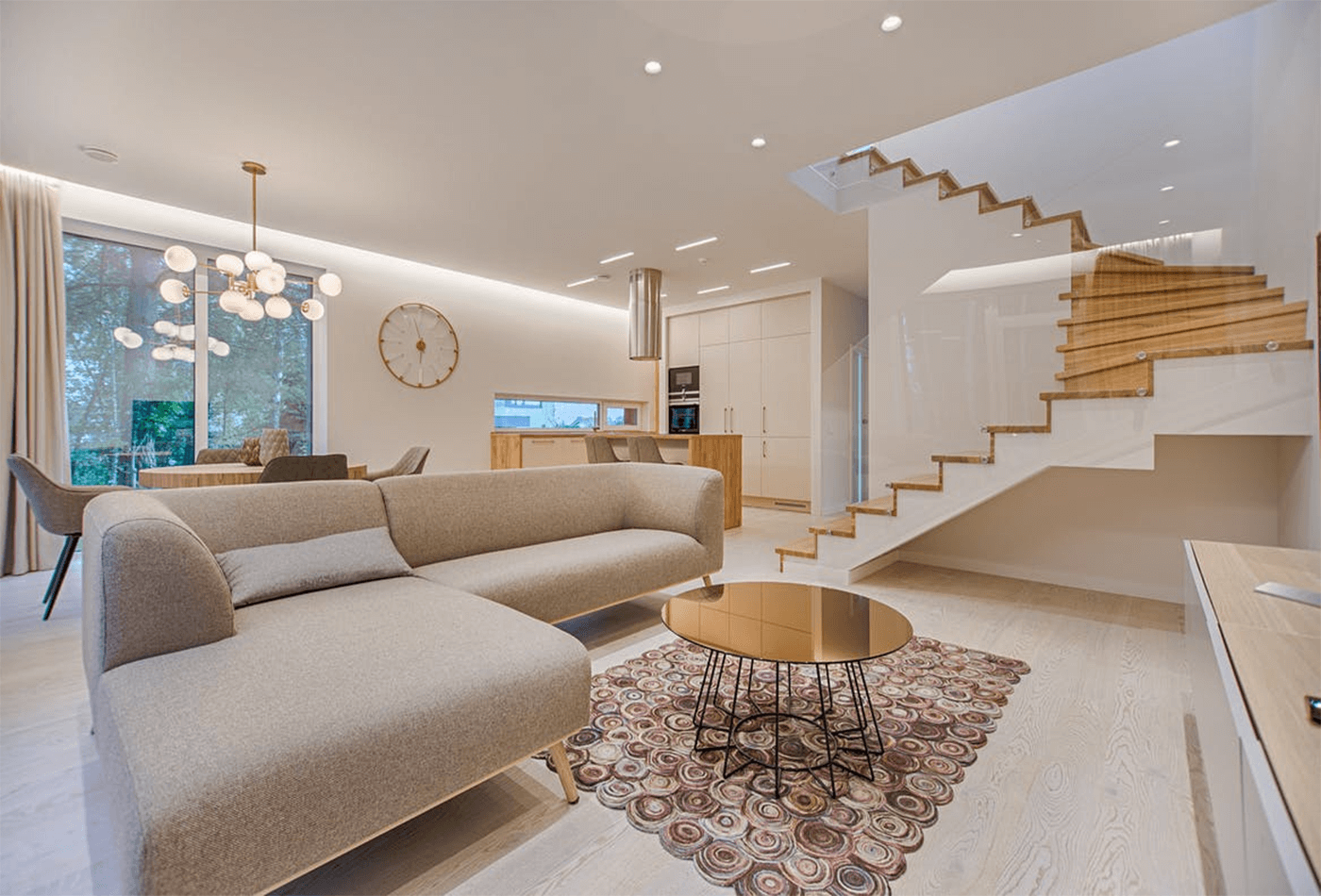Transform Your Home With Important Principles of Inside Style and Aesthetic Appeals
By recognizing the impact of shade theory and the importance of appearance and patterns, one can create rooms that are not just visually attractive yet additionally deeply individual. Attaining this balance includes even more than simple decoration; it incorporates a critical plan and an eager understanding of just how each aspect interacts within a room.
Comprehending Shade Concept
Comprehending the principles of shade concept allows developers to develop areas that reverberate psychologically with passengers while satisfying functional needs. Each classification plays a vital role in developing harmony within a space.
The emotional effect of colors is extensive; warm tones such as reds and oranges evoke energy and heat, while awesome tones like blues and greens advertise calmness and harmony. The usage of complementary colors enhances visual passion, producing striking contrasts that can elevate a room's allure.
Neutral colors, on the various other hand, work as a functional backdrop, allowing various other design components to shine. It is necessary to think about variables such as illumination and the area's purpose when choosing a shade palette, as these can change the assumption of shades throughout the day.
Ultimately, a well-considered color pattern can transform an area, cultivating a feeling of comfort and style that lines up with the citizens' preferences. Mastery of color theory is, consequently, a vital skill for any indoor developer aiming to produce unified and welcoming settings.
Attaining Balance in Design
Exactly how can designers attain a sense of balance in their spaces? Achieving balance in layout is basic to creating unified interiors.
Asymmetrical balance, on the other hand, relies upon varying aspects that still achieve a cohesive appearance. This strategy enables more vibrant and casual arrangements, providing passion while preserving equilibrium. By carefully picking varying dimensions, shades, and textures, developers can produce an aesthetically compelling room that really feels well balanced yet energetic.
Radial equilibrium emphasizes a main prime focus with components radiating outward. This style is typically seen in round designs, where furnishings and design develop a cohesive border that draws the eye internal.
Ultimately, attaining balance needs thoughtful consideration of scale, percentage, and the relationships in between components. luxury interior design. By masterfully using these balance principles, developers can change spaces right into settings that feel both visually pleasing and functionally unified, enhancing the overall experience for passengers
Importance of Spatial Understanding

A keen sense of spatial understanding enables designers to determine focal points within a space, directing the audience's interest to essential functions while maintaining a total feeling of unity. It likewise helps in the critical positioning of lights, which can drastically influence the perception of space and mood. Comprehending spatial relationships makes it possible for the developer to cater to the details requirements of residents, making certain that each location serves its desired function without endangering looks.
Eventually, spatial awareness is critical for Get the facts maximizing the possibility of any indoor area. By carefully thinking about the interplay between dimensions, format, and feature, developers can create settings that not only satisfy practical demands however additionally stimulate a feeling of comfort and elegance, enhancing the total living experience.
Integrating Structure and Patterns
Welcoming a varied series of appearances and patterns can significantly improve the aesthetic and responsive charm of an indoor room. The calculated usage of various materials-- such as wood, metal, fabric, and stone-- produces deepness and interest, making a room feel extra inviting and dynamic. As an example, incorporating smooth surfaces with rough textures can develop an equilibrium that draws the eye and involves the detects.
When incorporating patterns, think about both scale and rep. Huge patterns can serve as centerpieces, while smaller, refined designs can match various other components without frustrating the area. Layering patterns, such as pairing floral pillows with striped throws, includes intricacy and a sense of harmony if executed attentively.
It is likewise vital to maintain a natural color combination, making certain that appearances and patterns interact as opposed to compete for interest. By selecting a couple of essential appearances and patterns, you can create a linked aesthetic that mirrors your individual style while boosting the general ambiance of see this the area. Inevitably, the mindful unification of these elements can change an ordinary area right into a sophisticated atmosphere rich with personality and heat.
Customizing Your Space
Developing a room that mirrors your character is vital to attaining a truly welcoming setting. Personalization in interior layout permits you to infuse your one-of-a-kind design and rate of interests into your home, transforming it from a mere shelter right into a shelter that speaks to that you are. Begin by selecting a color scheme that resonates with your emotions-- strong shades can energize, while soft tones supply serenity.
Incorporate artwork and decoration that mirror your interests, whether it be traveling, nature, or abstract principles. Presenting individual collections, such as books, photos, or mementos, can evoke cherished memories and develop prime focus within a room. Furthermore, think about tailoring functional items, like upholstered furnishings, to line up with your aesthetic choices.

Conclusion
To conclude, the improvement of a home through the crucial concepts of interior decoration and looks requires a thorough understanding of color concept, equilibrium, spatial awareness, texture, and personalization. Each component adds significantly original site to producing an unified and functional living environment - miami interior design. By thoughtfully integrating these concepts, individuals can boost the aesthetic appeal and emotional resonance of their areas, eventually fostering a home that shows one-of-a-kind identifications while offering convenience and functionality